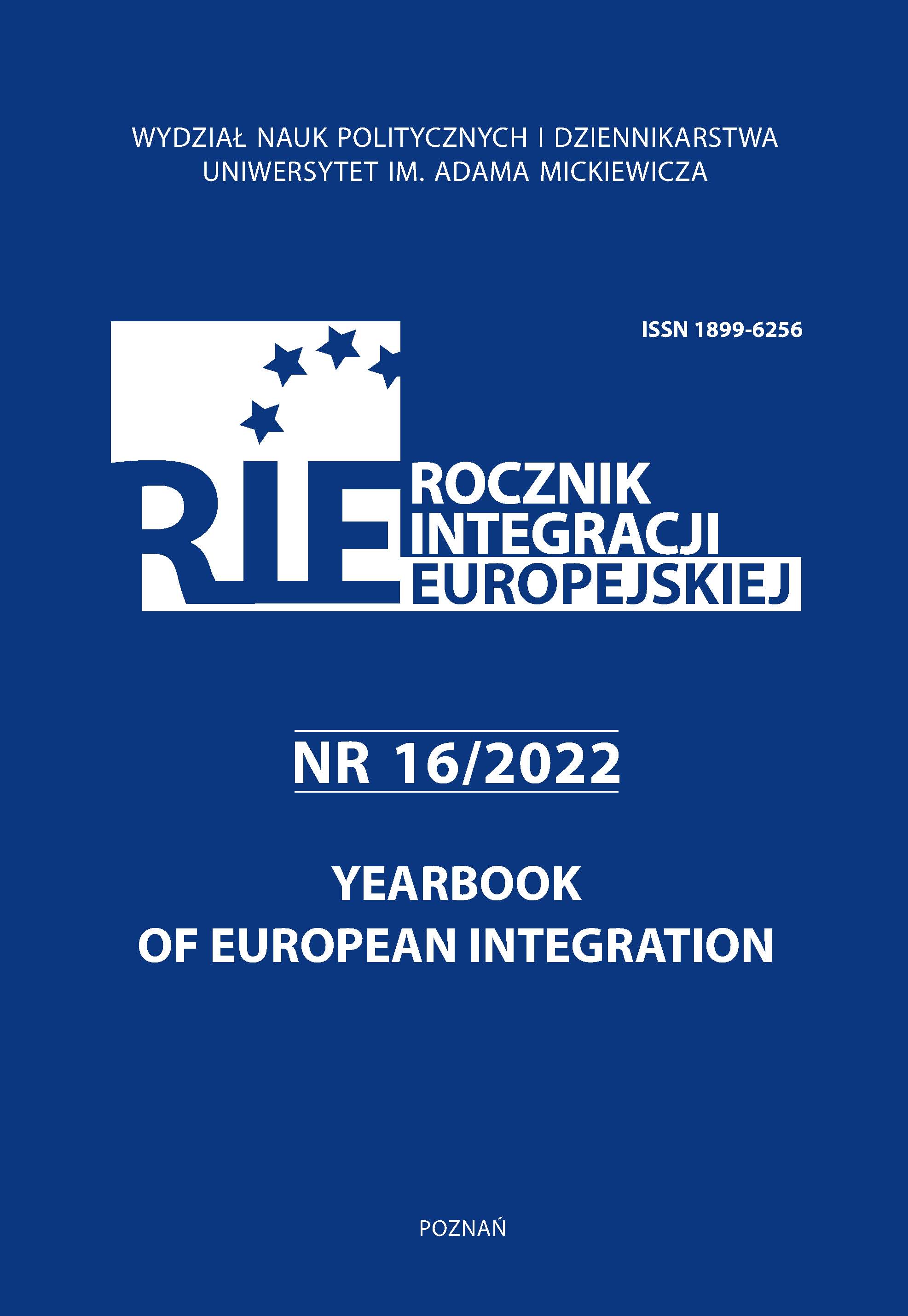Dostępność cyfrowa w Unii Europejskiej – praktyka i założenia teoretyczne
Digital accessibility in the European Union – practice and theoretical assumptions
Author(s): Ewa Maria WłodykaSubject(s): Politics / Political Sciences, EU-Approach / EU-Accession / EU-Development
Published by: Uniwersytet im. Adama Mickiewicza w Poznaniu
Keywords: e-government; public administration; digital accessibility; new technologies; European Union
Summary/Abstract: In the world, almost five billion people will be using the Internet in 2021, i.e. 62.5% of the Earth’s population (Kemp, 2022). These figures are in line with global trends in the economic field, with characteristics characteristic of its successive stages of development (currently Industry 4.0). Trends in the business sector are followed by changes in the public sector, which is reflected in the functioning of public administration. The increasing share of the Internet is influencing the growing use of modern information and communication technologies, so-called ICT, in and through public administration. At the same time, 80 million Europeans live with a disability (Polska Akademia Dostępności, 2015), being subject to exclusion in terms of digital accessibility. Public policies of the European Union and the Member States, following the example of Poland, are shaping equal access to online services of their citizens. Digital accessibility in the European Union-practice and theoretical assumptions.
Journal: Rocznik Integracji Europejskiej
- Issue Year: 2022
- Issue No: 16
- Page Range: 349-358
- Page Count: 10
- Language: Polish

